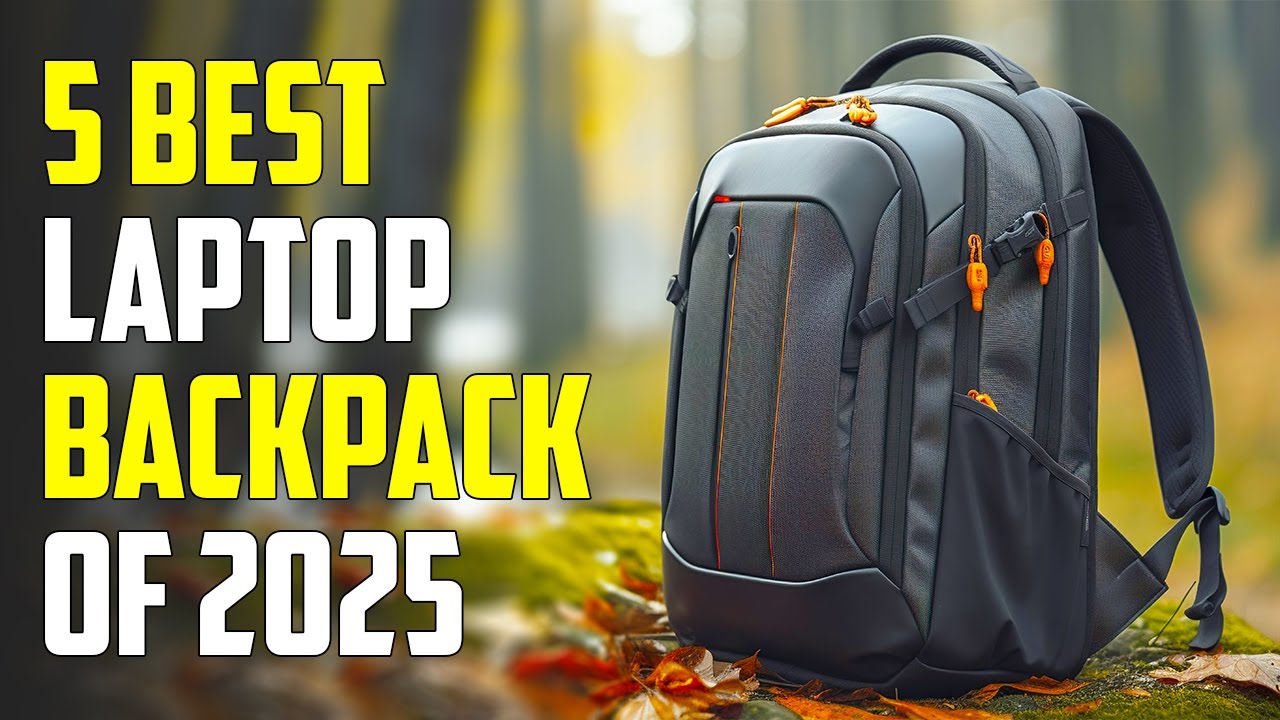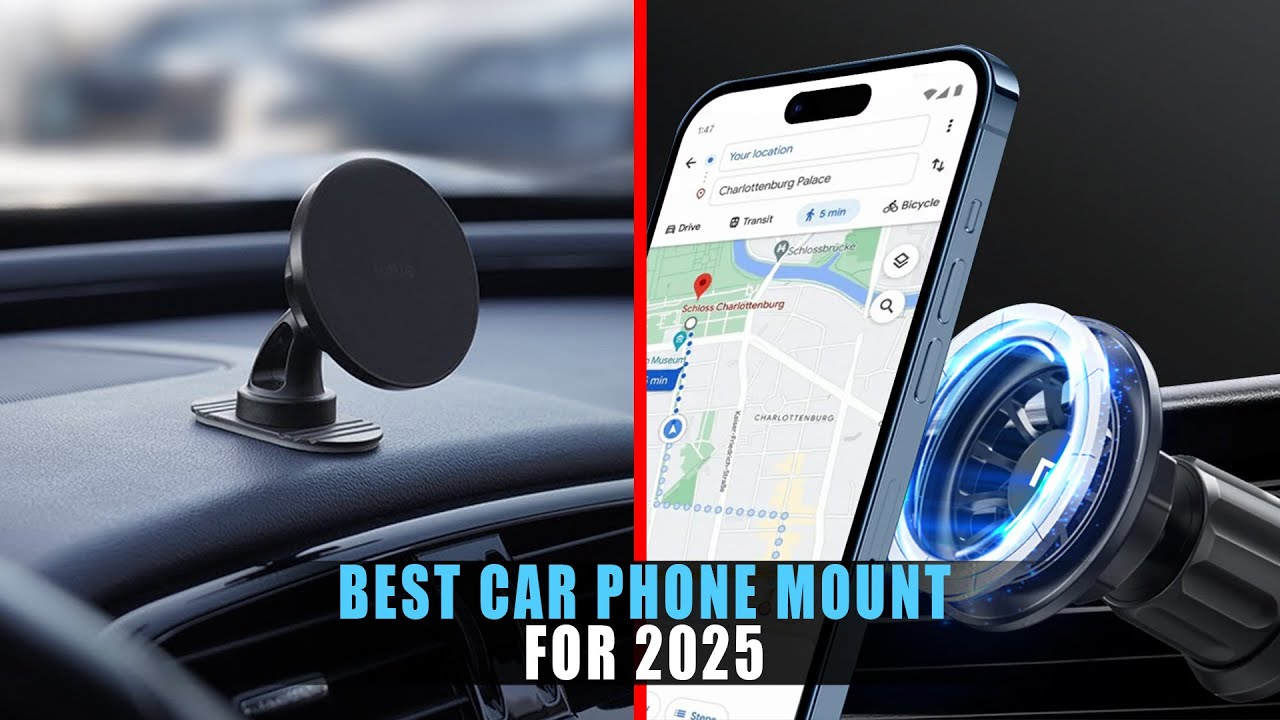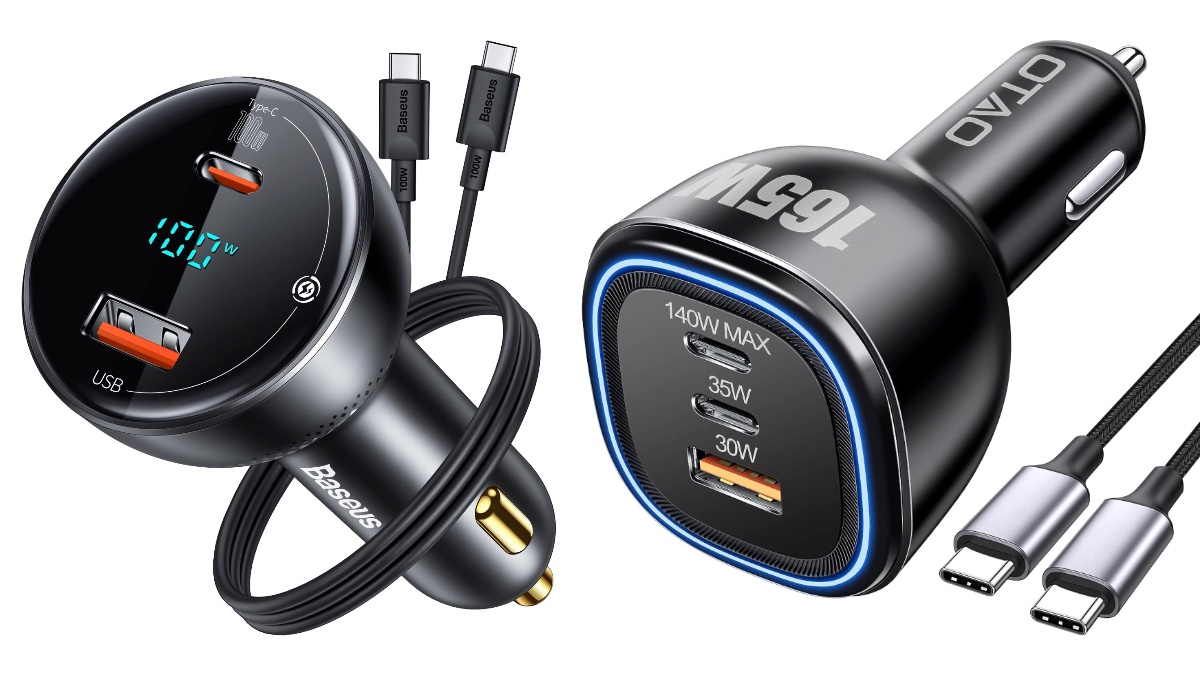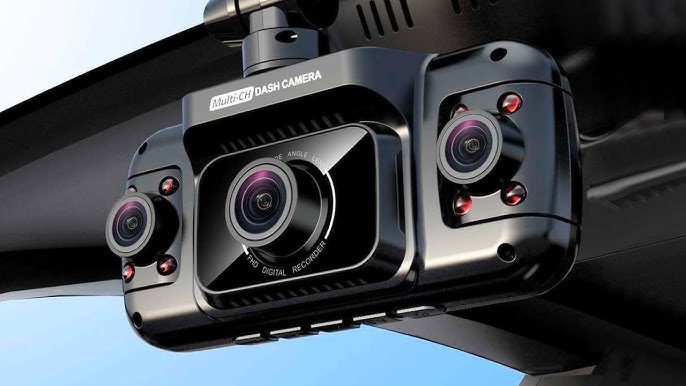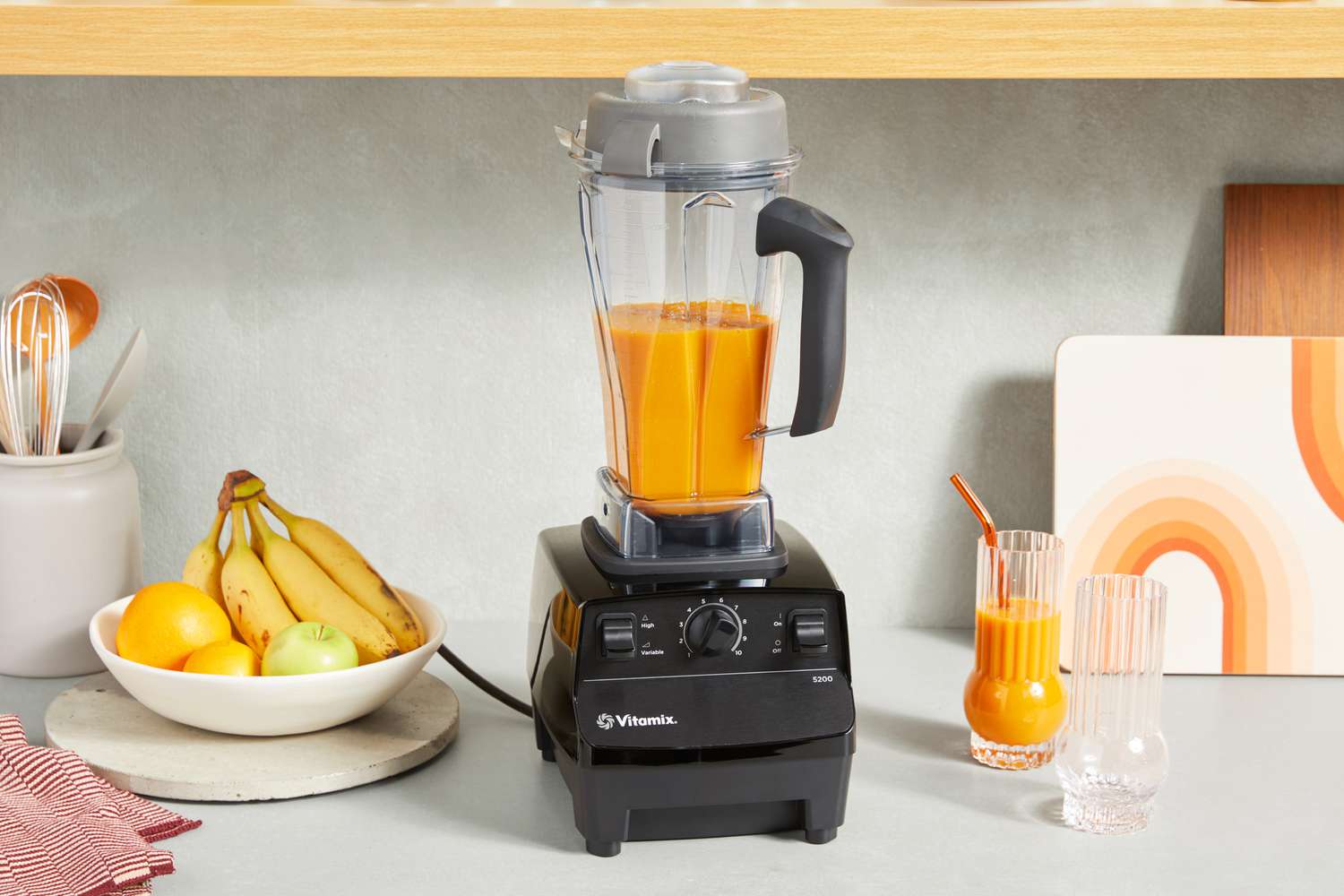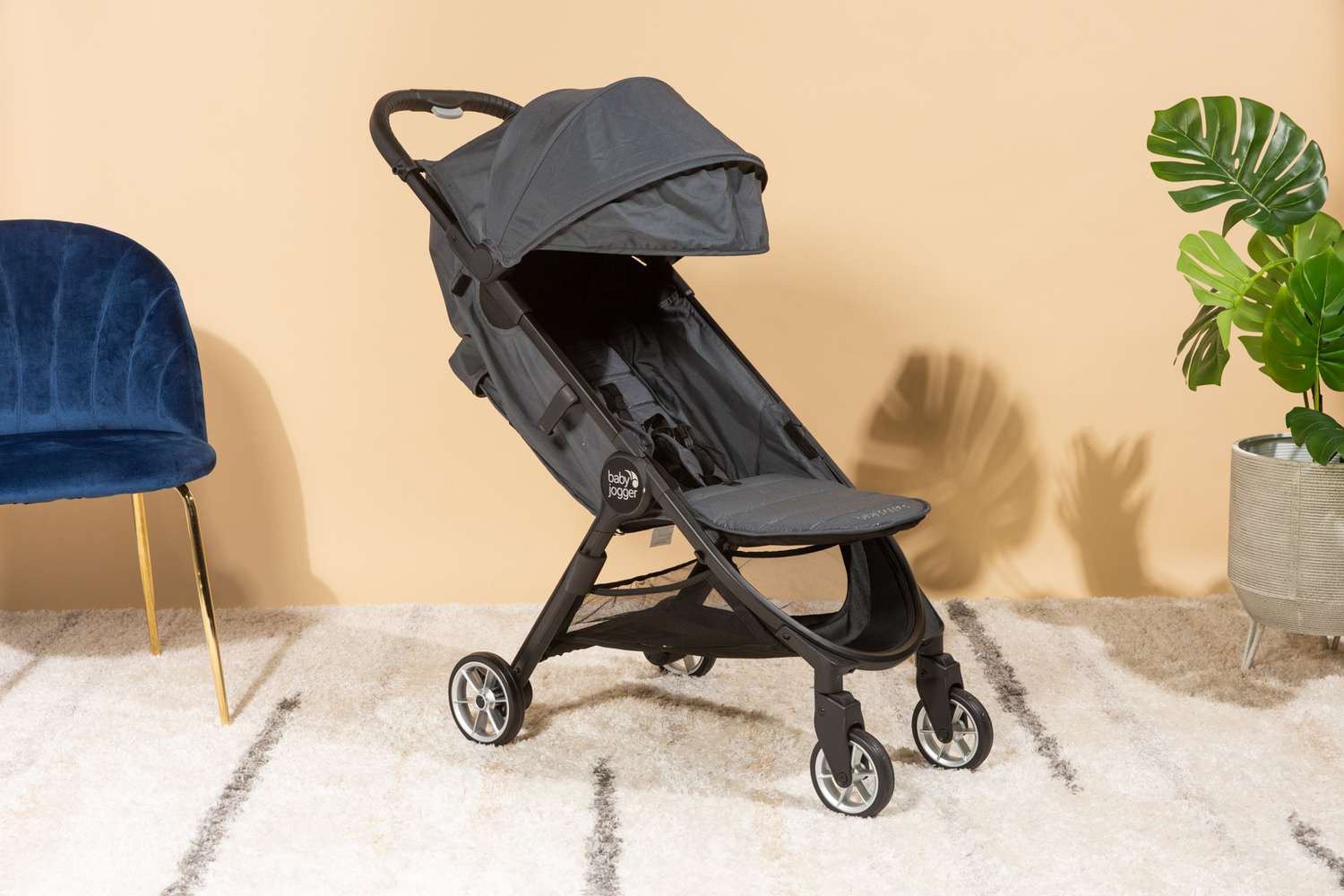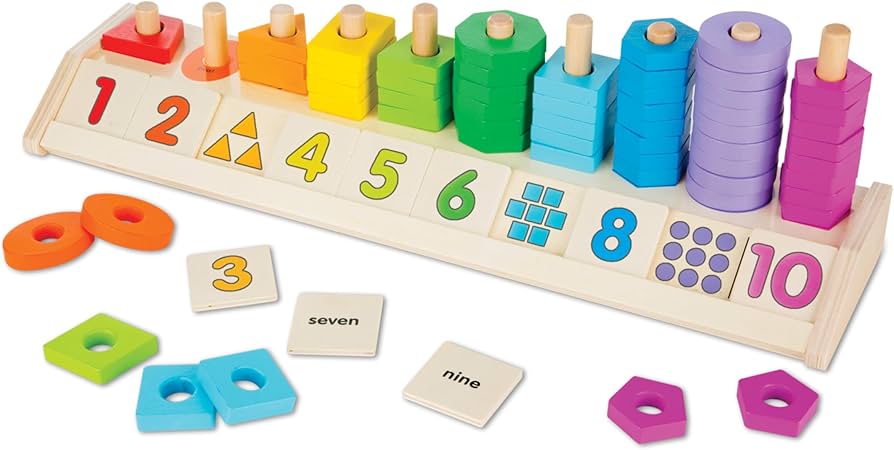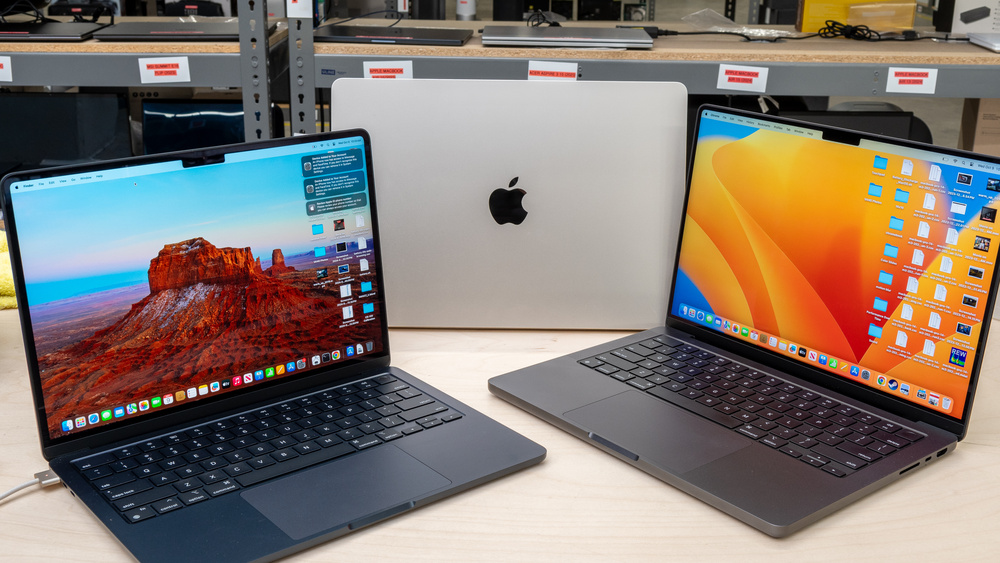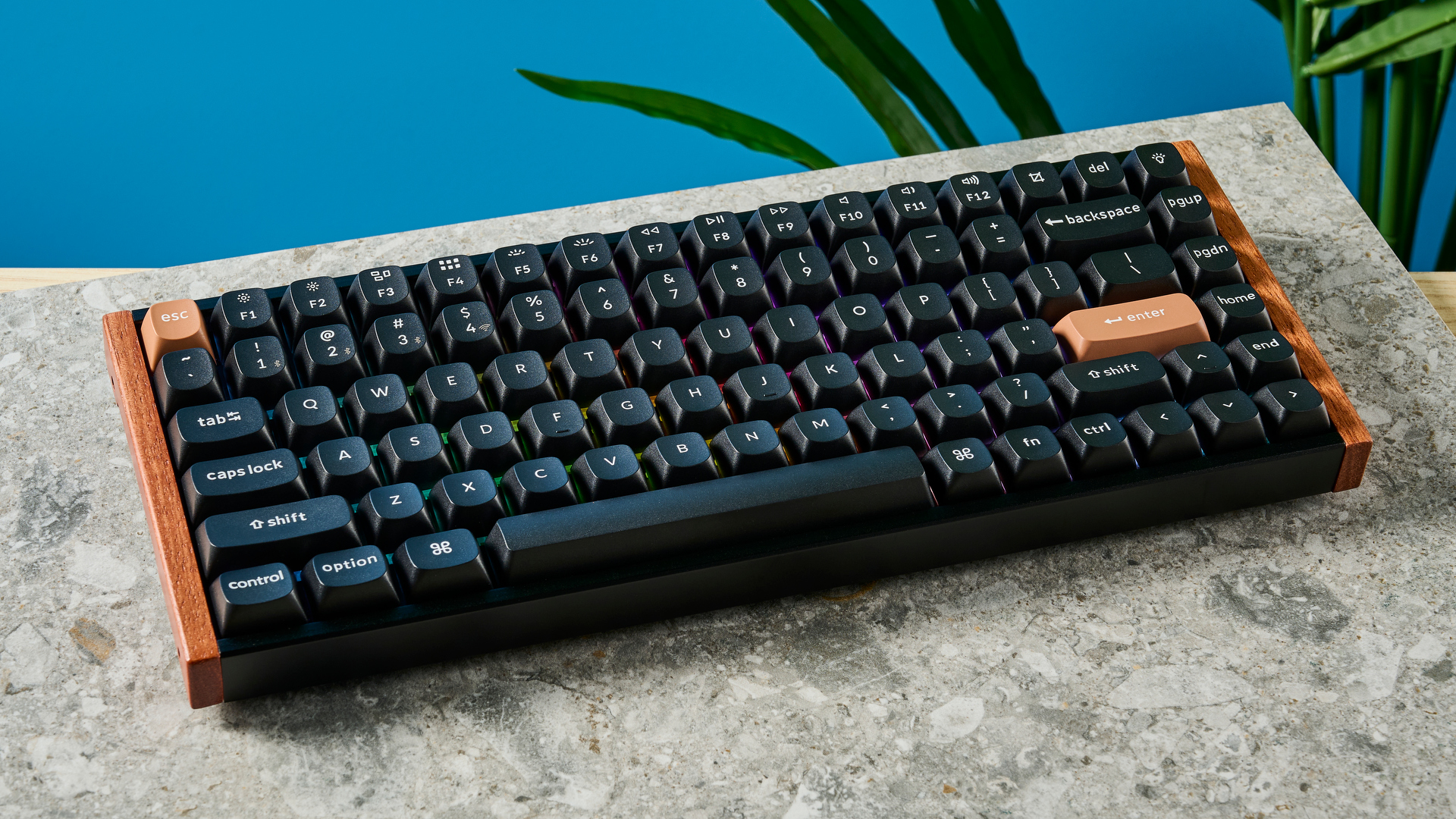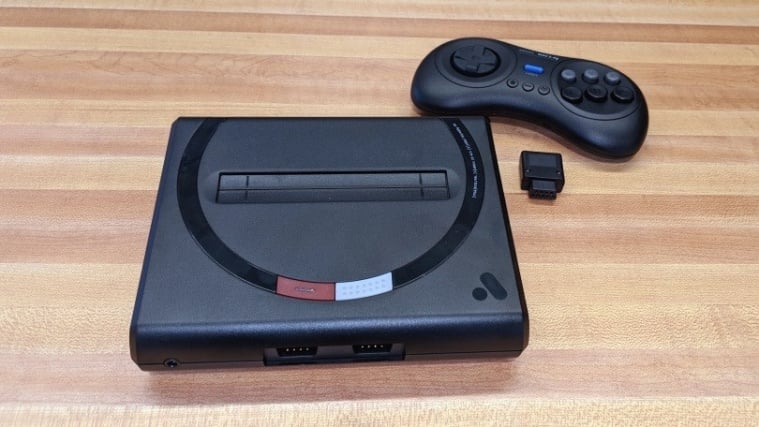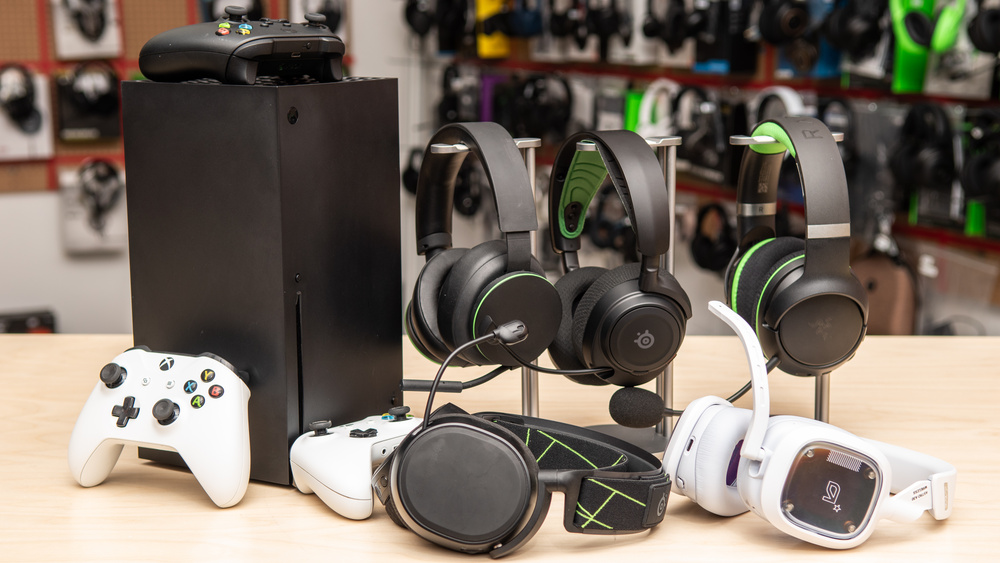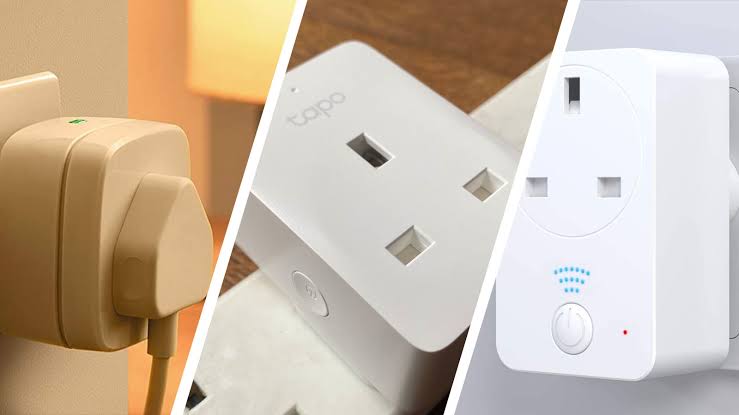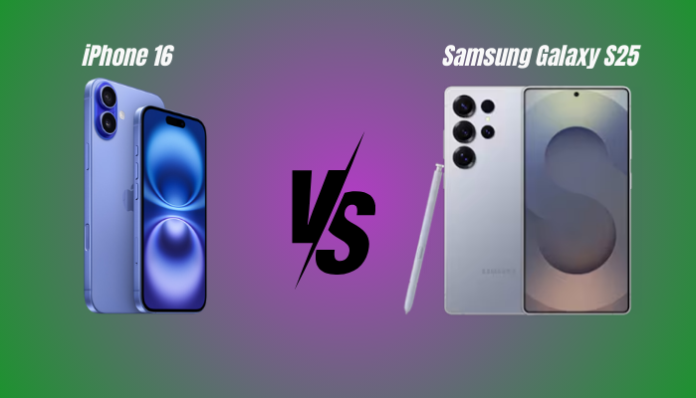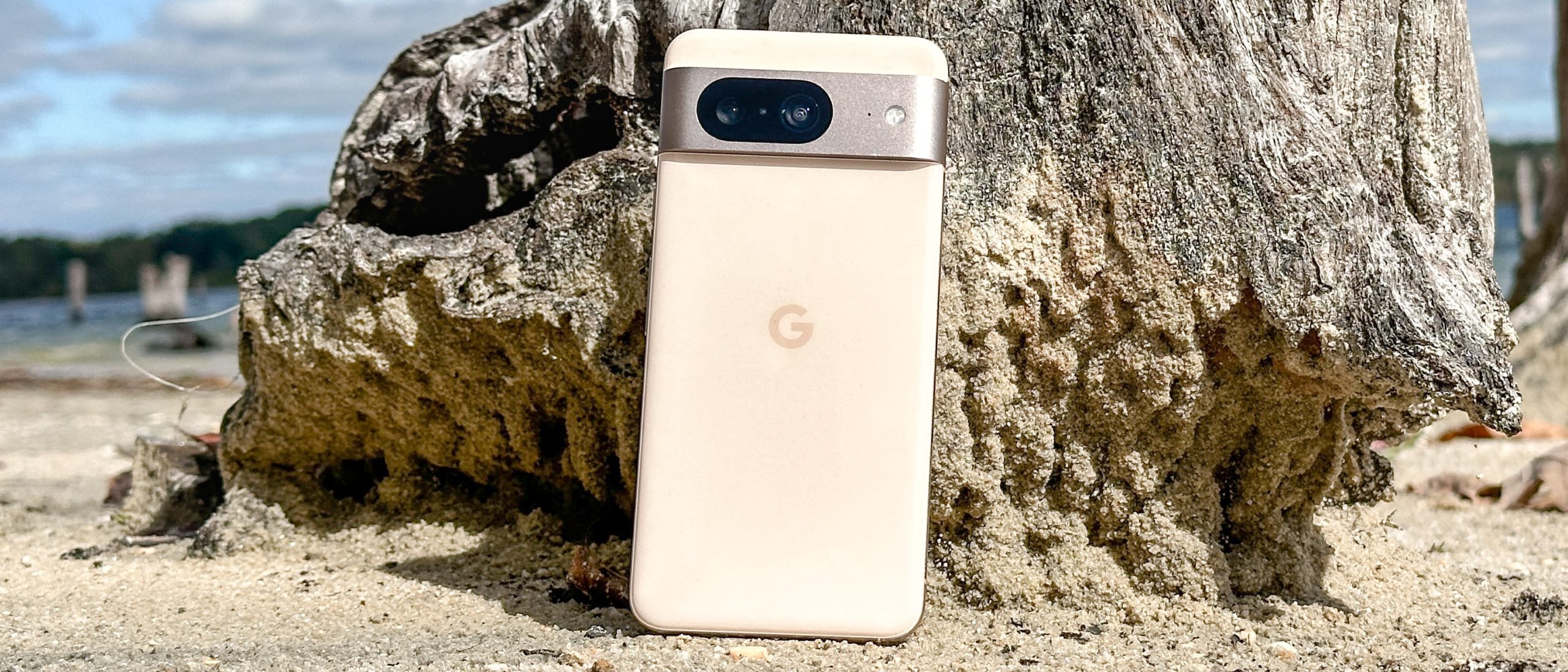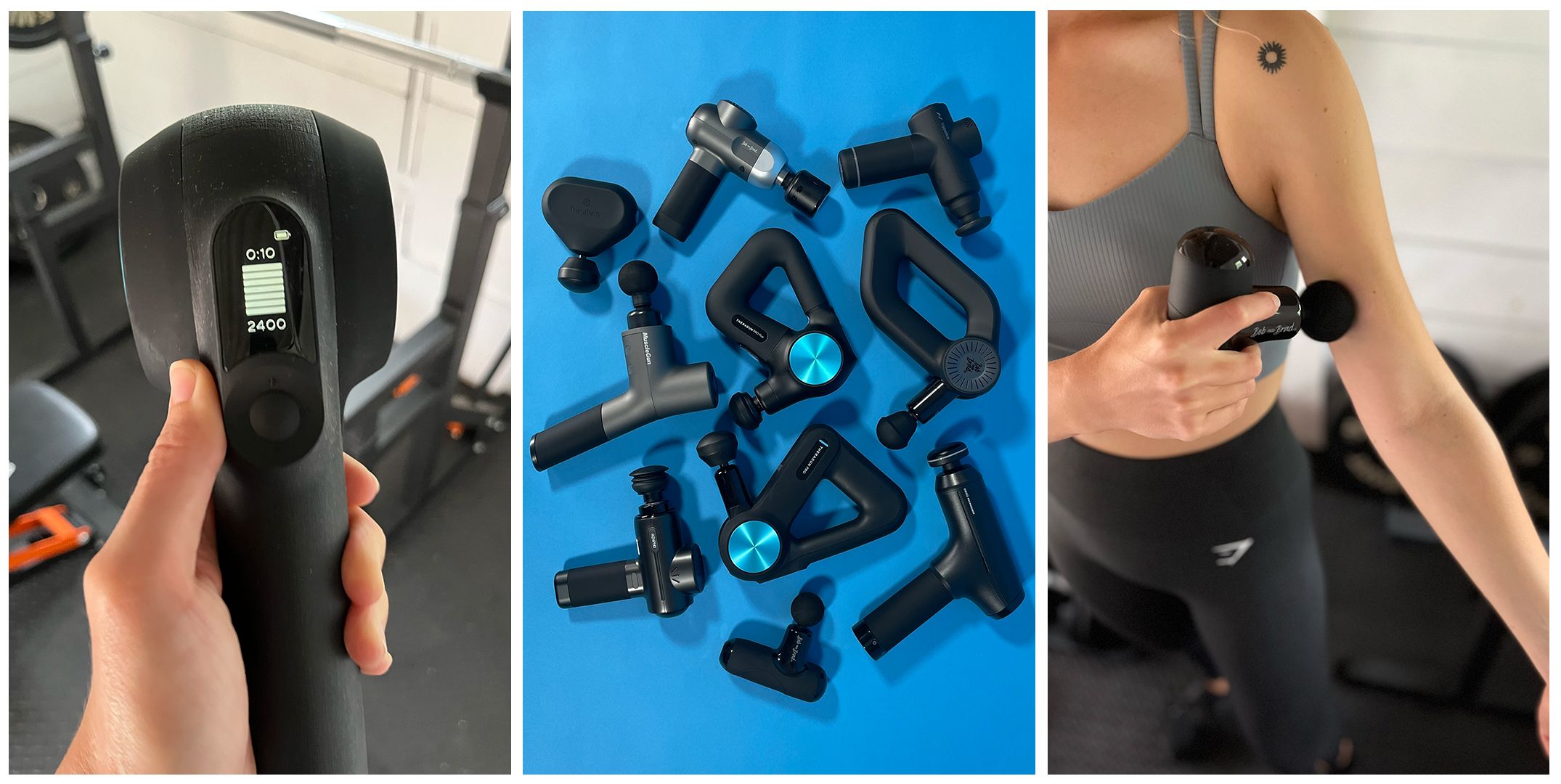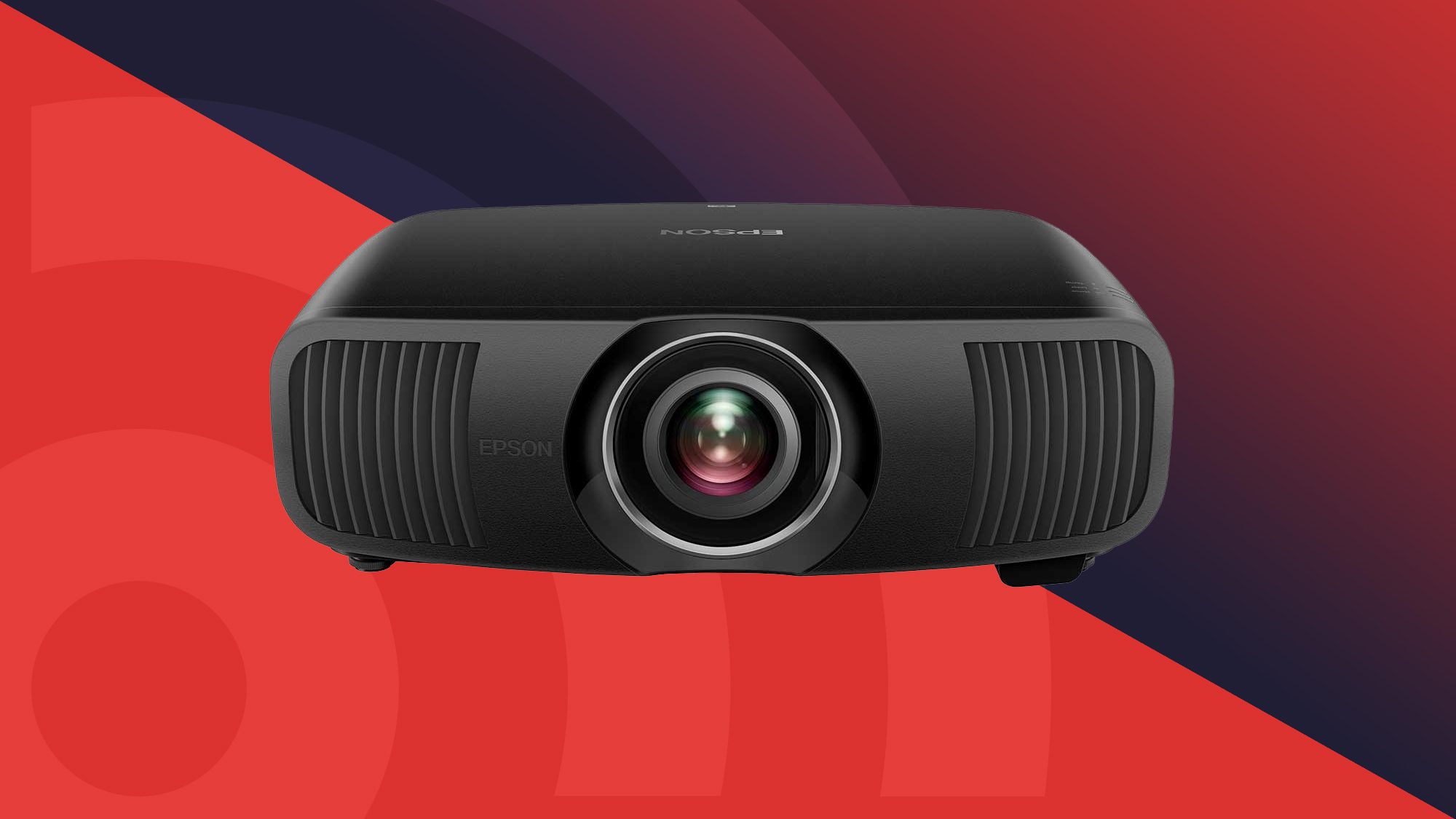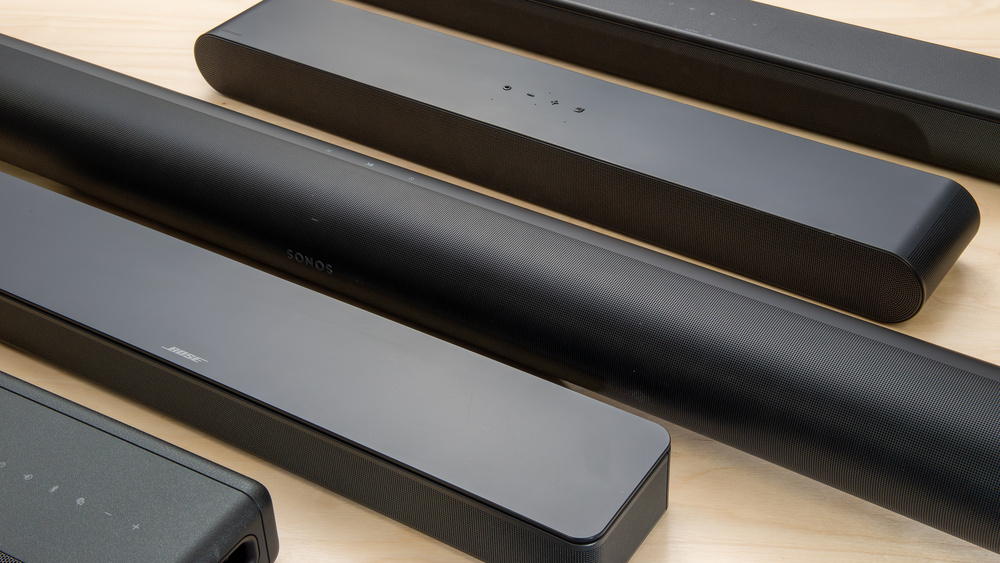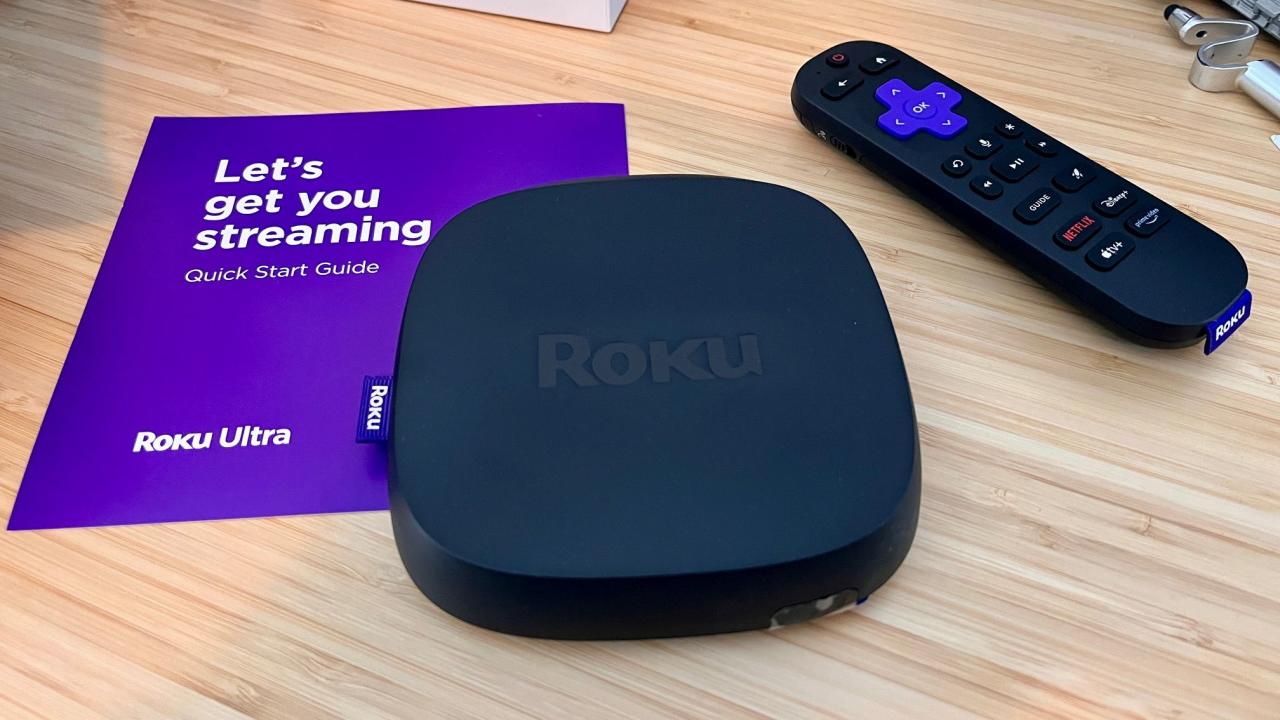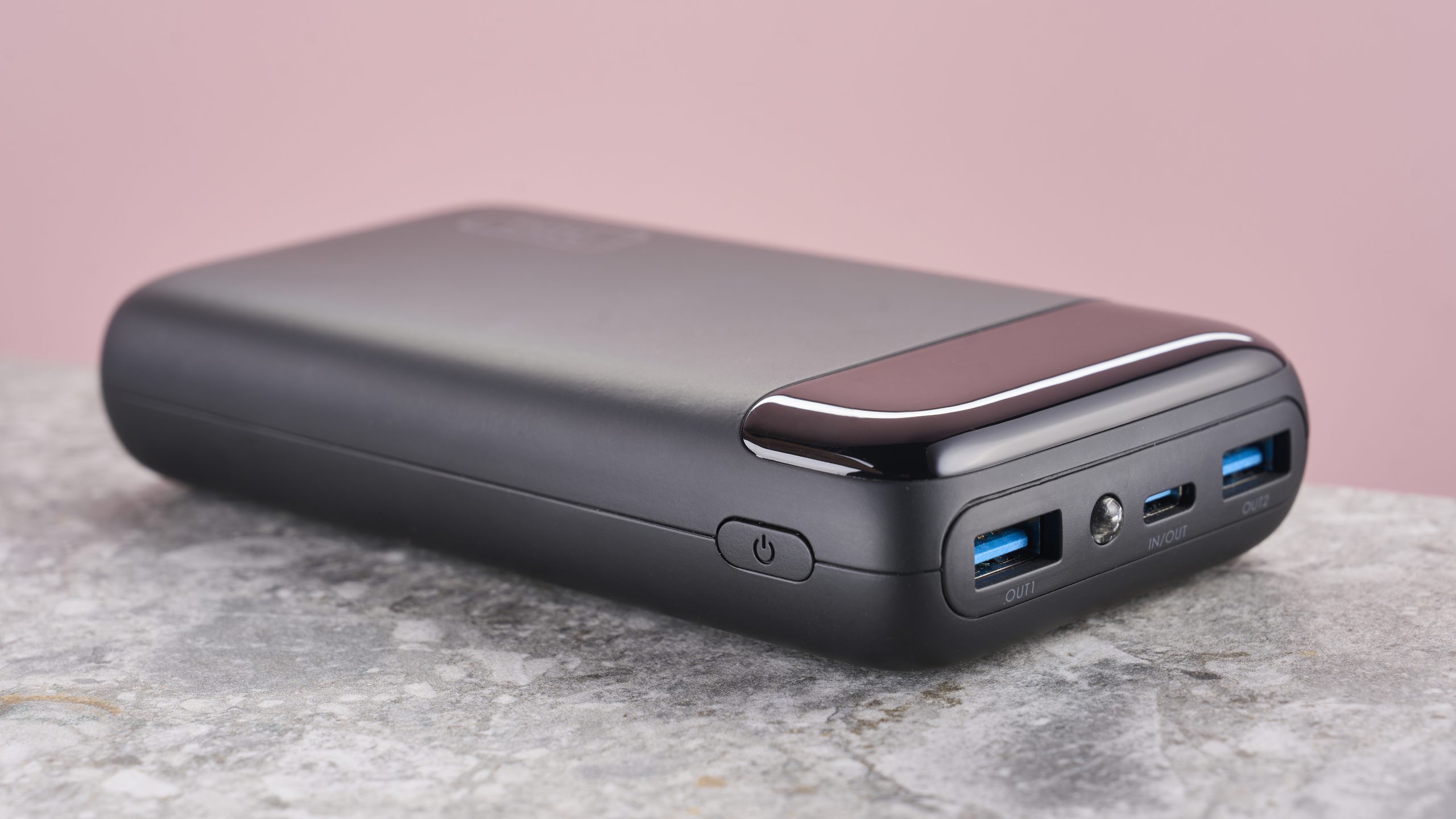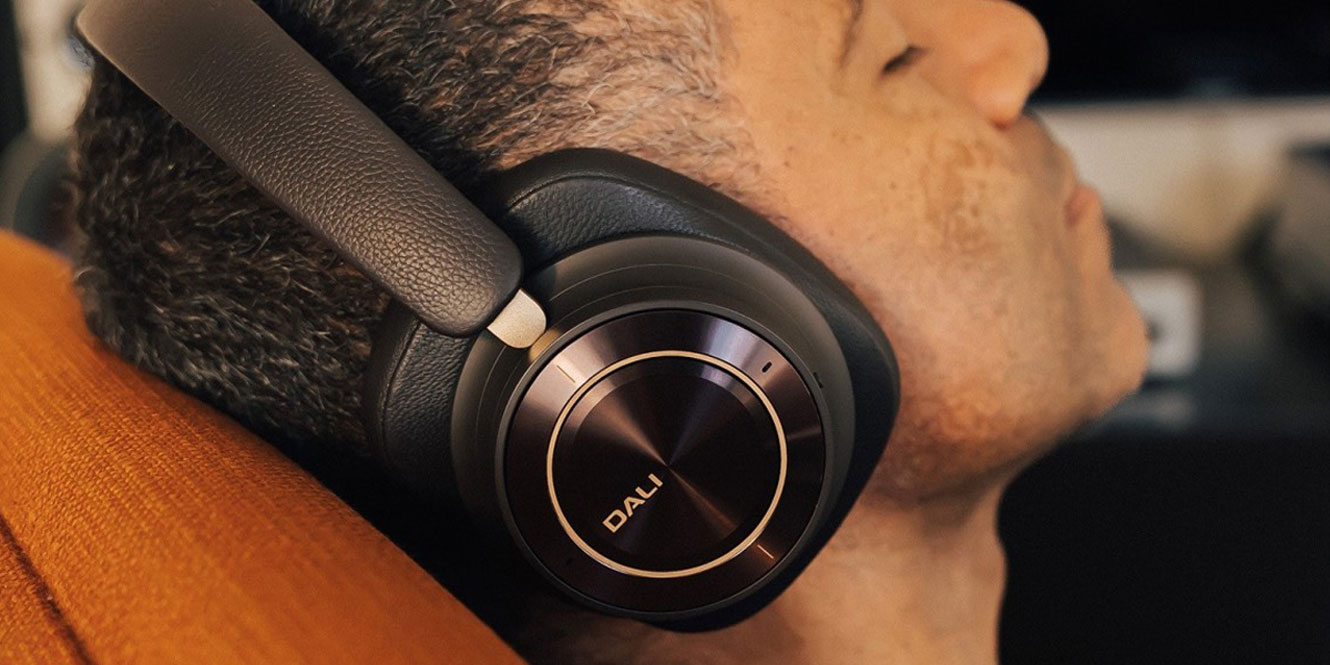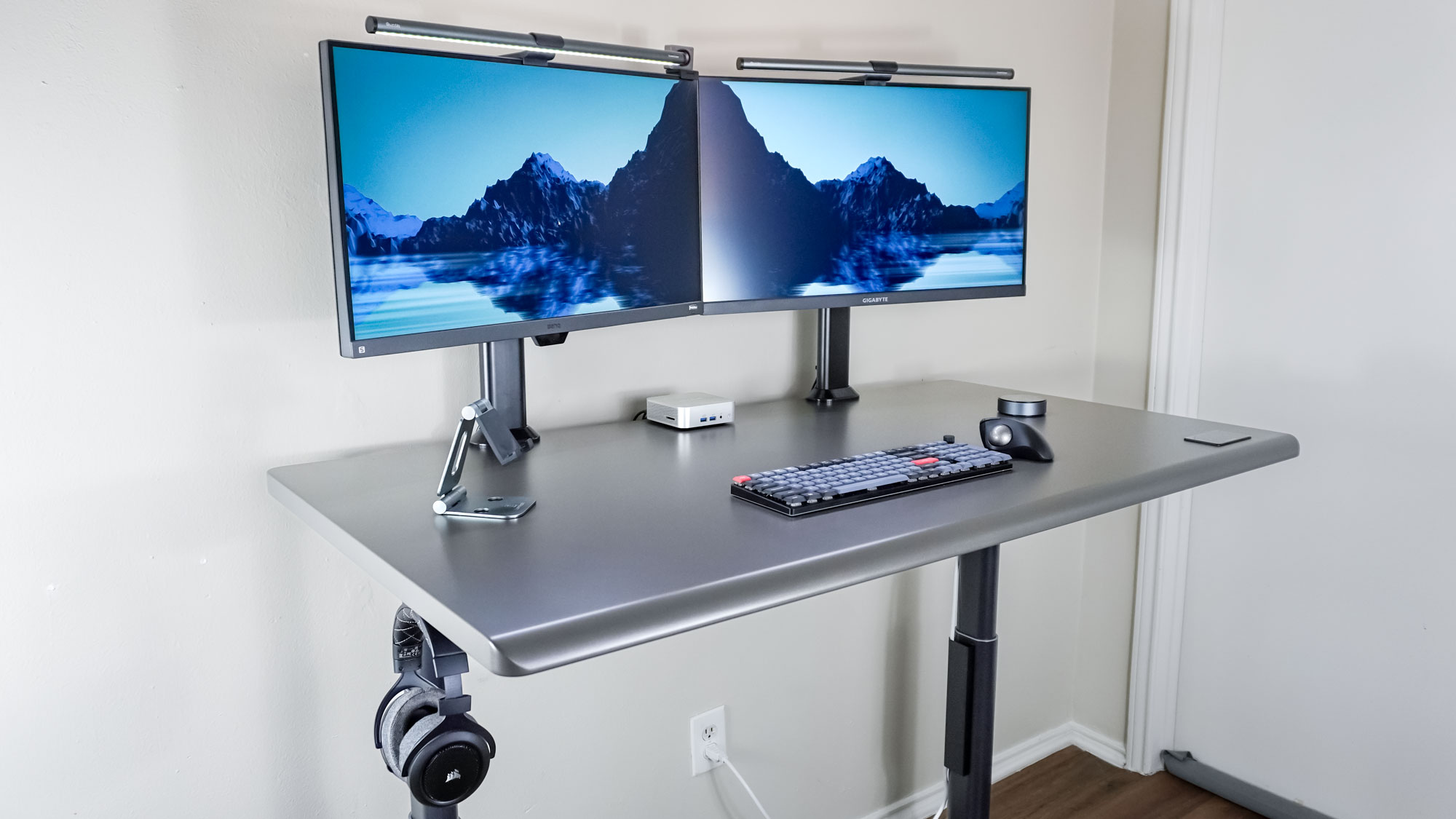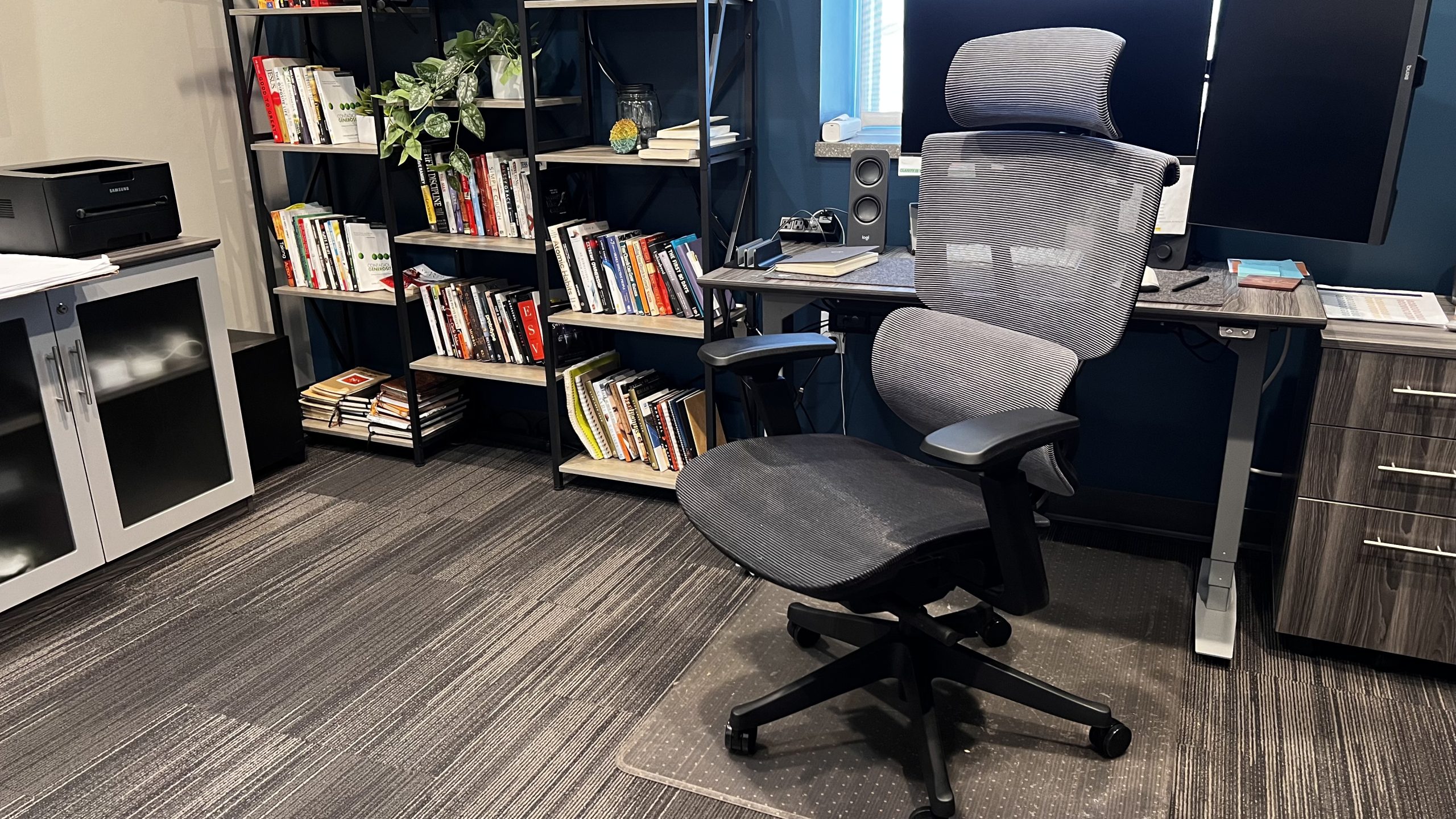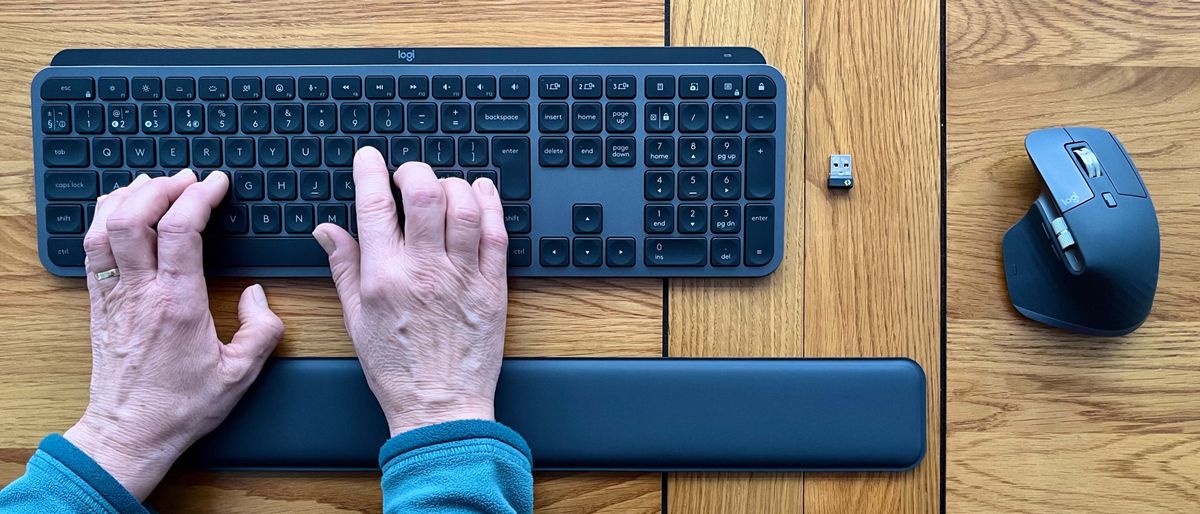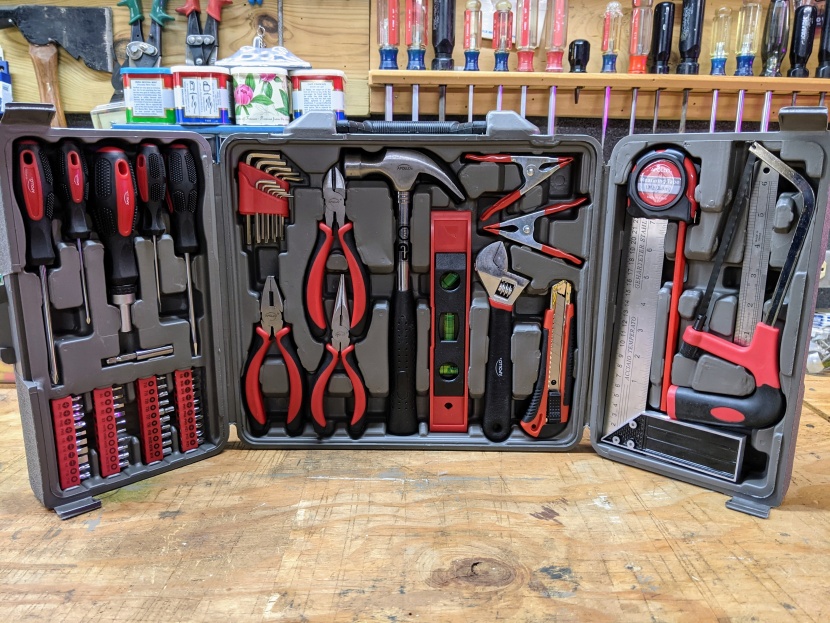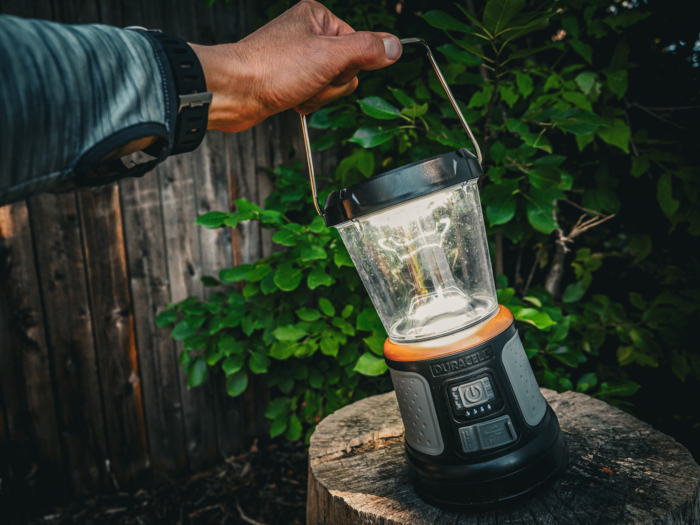With the release of the Nintendo Switch OLED, many gamers are wondering whether the upgrade is truly worth it—or if the original Nintendo Switch Standard still holds its ground in 2025. Both consoles offer the same core gameplay experience, but there are key differences in display, audio, build quality, and storage that can affect your decision.
In this detailed comparison, we break down the Nintendo Switch OLED vs Standard to help you decide which model is best for your play style and budget.
Design & Build Quality
Nintendo Switch OLED
- Larger 7-inch OLED screen with vibrant colors and deeper contrast
- Sleek white Joy-Cons and updated dock with built-in LAN port
- Enhanced kickstand with wide adjustability
Nintendo Switch Standard
- 6.2-inch LCD screen, decent but less vibrant
- Original red/blue or gray Joy-Cons
- Basic kickstand, less stable
Verdict: The OLED model wins in terms of premium design and usability, especially for handheld players.
Display Quality
- OLED Model: OLED screen delivers richer colors, higher contrast, and deeper blacks. Perfect for games like Breath of the Wild and Metroid Dread that rely on visual immersion.
- Standard Model: LCD screen is functional and clear, but lacks the same depth and vibrancy.
Verdict: If you often play in handheld or tabletop mode, the OLED’s display is a game-changer.
Audio Performance
- OLED: Improved onboard speakers with fuller sound quality
- Standard: Adequate speakers, but flatter audio
Verdict: OLED offers noticeably better sound for handheld gaming without headphones.
- OLED: 64GB of internal storage
- Standard: 32GB of internal storage
- Both support microSD cards up to 2TB
Verdict: The OLED version doubles the onboard storage—less frequent microSD juggling.
Dock & Connectivity
- OLED Dock: Built-in Ethernet (LAN) port, sleeker design
- Standard Dock: No LAN port, bulkier in comparison
Verdict: The OLED dock is more versatile for online gamers needing stable connections.
Performance & Gameplay
- Processor, RAM, and resolution are identical in both versions
- Both support the same games, Joy-Cons, accessories, and TV output (1080p docked, 720p handheld)
Verdict: No performance difference—purely cosmetic and experience-based upgrades.
Price Comparison (2025)
- Nintendo Switch OLED: ~$349.99
- Nintendo Switch Standard: ~$299.99
- Switch Lite (for reference): ~$199.99 (handheld-only)
Verdict: The OLED is $50 more, but offers significant quality-of-life improvements.
Choose the Nintendo Switch OLED if:
- You frequently play in handheld or tabletop mode
- You value a better screen and audio experience
- You want a more premium, future-proof version
- You play online games and want a built-in LAN port
Stick with the Standard Nintendo Switch if:
- You mostly play docked on a TV
- You’re looking to save money without sacrificing performance
- Display quality isn’t your top priority
Bottom Line:
The Nintendo Switch OLED offers meaningful upgrades for handheld and hybrid users, while the Standard Switch still provides excellent value and identical game performance. Your ideal choice depends on how and where you game most often.
